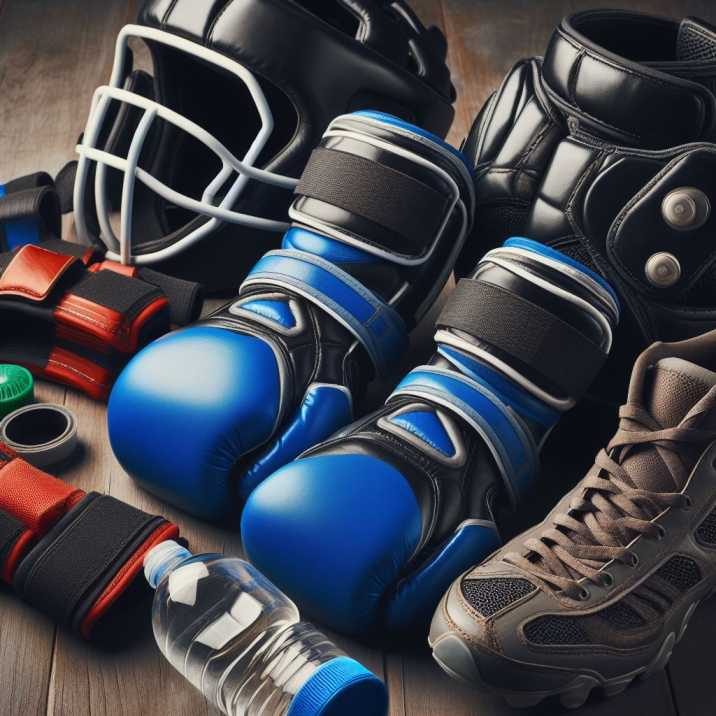Introduction:
Table of Contents
Kickboxing, a dynamic combat sport that combines elements of traditional martial arts with modern techniques, has captivated enthusiasts worldwide. However, amidst the flurry of strikes and kicks, a common question arises: are elbows allowed in kickboxing? In this comprehensive guide, we delve into the rules, techniques, and safety considerations regarding the use of elbows in kickboxing.

Are Elbows Allowed in Kickboxing? Exploring Rules, Techniques, and Safety
- Understanding Kickboxing Rules and Regulations
- Establishing the framework
- Exploring Legal Techniques in Kickboxing
- What constitutes legal strikes?
- The Role of Elbows in Muay Thai Kickboxing
- Muay Thai’s influence
- Safety Considerations and Injury Prevention
- Prioritizing safety
- Training and Mastering Elbow Techniques
- Developing proficiency
- Evolution of Kickboxing Rules and Trends
- Adaptation and evolution

Conclusion:
In conclusion, the question “are elbows allowed in kickboxing?” is multifaceted, with considerations ranging from rules and regulations to safety and technique. While elbows are permitted in certain kickboxing disciplines, such as Muay Thai, their use is subject to stringent guidelines aimed at safeguarding the well-being of fighters and promoting fair competition. Aspiring kickboxers should approach the training and execution of elbow strikes with diligence, seeking guidance from experienced coaches and prioritizing safety at all times. By understanding the nuances of elbow techniques in kickboxing and adhering to established regulations, practitioners can harness the power of this formidable strike while minimizing risks and maximizing effectiveness in the ring.
FAQs: Are Elbows Allowed in Kickboxing?
- Can beginners are elbows allowed in kickboxing?
- Yes, beginners can learn and practice elbow strikes under the guidance of qualified instructors. However, they should focus on mastering the fundamentals before attempting advanced techniques.
- Are elbow strikes more effective than punches or kicks?
- Elbow strikes can be highly effective at close range due to their ability to generate significant force. However, the effectiveness of any strike depends on factors such as timing, accuracy, and the skill level of the practitioner.
- Are there specific rules regarding the targeting of elbows in kickboxing?
- Kickboxing organizations typically have rules prohibiting strikes to certain areas of the body, such as the back of the head or spine, to prevent serious injury. Fighters must adhere to these regulations to ensure fair and safe competition.
- How can fighters protect themselves from elbow strikes during a match?
- Fighters can employ defensive techniques such as blocking, parrying, or evading to mitigate the impact of incoming elbow strikes. Proper positioning and awareness of the opponent’s movements are essential for effective defense.
- Are elbow strikes allowed in amateur kickboxing competitions?
- The rules regarding elbow strikes may vary in amateur kickboxing competitions, with some events allowing limited use of elbows under strict supervision. Participants should familiarize themselves with the specific rules of their competition before competing.


